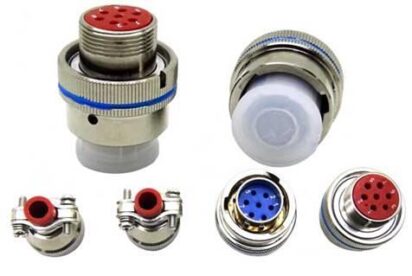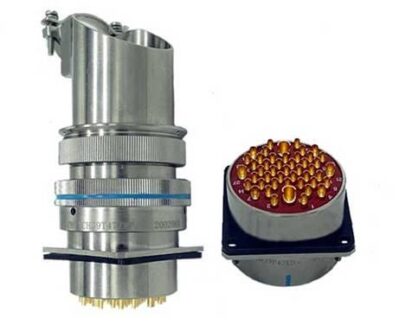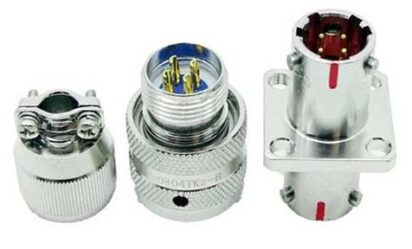Safety parameters of aviation plugs
1: Insulation resistance of aviation plug
Insulation resistance refers to the resistance value presented by applying a voltage to the insulating part of the aviation plug to cause leakage current in or on the surface of the insulating part. It is mainly affected by factors such as insulating materials, temperature, humidity, and fouling. The insulation resistance values provided on aviation plug samples are generally index values under standard atmospheric conditions. Under certain environmental conditions, the insulation resistance value will drop to varying degrees. Además, attention should be paid to the test voltage value of insulation resistance. According to the insulation resistance (MΩ) = voltage applied to the insulator (V) / leakage current (μA) to apply different voltages, there are different results. In the test of aviation plugs, the applied voltage generally has three levels: 10V, 100V, and 500V.
Categorías de Producto
Etiquetas de productos
Mensajes recientes
Conector de enchufe de aviación impermeable macho/hembra
El enchufe de aviación es una especie de conector., que se originó en la industria militar, así se llama, conocido como el enchufe de aviación. Los enchufes de aviación son componentes electromecánicos que conectan líneas eléctricas.. Por lo tanto, sus propios parámetros eléctricos son la primera consideración al elegir un enchufe de aviación. La correcta selección y uso de enchufes de aviación es un aspecto importante para garantizar la confiabilidad del circuito..
What is an aviation plug? Wire harness processing for aviation plugs.
El enchufe de aviación es una especie de conector., que se originó en la industria militar, así se llama, conocido como el enchufe de aviación. Los enchufes de aviación son componentes electromecánicos que conectan líneas eléctricas.. Por lo tanto, sus propios parámetros eléctricos son la primera consideración al elegir un enchufe de aviación. La correcta selección y uso de enchufes de aviación es un aspecto importante para garantizar la confiabilidad del circuito..
| Classification of aviation plugs: |
| 1. Aviation plug for servo motor |
| 2. Special aviation plug for intelligent control of knitting machine |
| 3. Russian military standard aviation plug |
| 4. American military standard aviation plug |
| 5, the national standard aviation plug |
| 6. National military standard aviation plug |
| 7. Ordinary circular aviation plug |
| 8. Small round waterproof aviation plug |
| 9. Hermetic glass sintered aviation plug |
| 10. Self-developed special aviation plug |
| 11. Aviation plug for communication facilities |
| 12. Ultra-small precision aviation plug |
How to choose aviation plug
Aviation plugs can also be called plug sockets, which are widely used in various electrical circuits and play the role of connecting or disconnecting circuits. Improving the reliability of aviation plugs is first and foremost the responsibility of the manufacturer. Sin embargo, due to the wide variety of aviation plugs and a wide range of applications, the correct selection of aviation plugs is also an important aspect to improve the reliability of aviation plugs. Only through the joint efforts of both the manufacturer and the user can the proper functions of the aviation plug be brought into full play.
There are different classification methods for aviation plugs. According to the frequency, there are high-frequency aviation plugs and low-frequency aviation plugs. According to the shape, there are circular connectors. According to the use: aviation plugs for cabinets, aviation plugs for audio equipment, power supply aviation plugs, special-purpose aviation plugs, etc.. The following mainly discusses the selection method of low-frequency aviation plugs (frequency below 3MHZ).
17: Welding of aviation plug
Soldering is most commonly soldered. The most important thing about soldering connection is the continuity of metal between the solder material and the surface to be soldered. Por lo tanto, for aviation plugs, the most important thing is weldability. The most common platings for the solder ends of aviation plugs are tin alloys, silver and gold. Metal terminal reed contact pairs have solder lug, punched solder lug and notched solder lug for common solder ends. Pinhole contacts have drilled arc notches for common solder ends.
18: crimping of aviation plug
Crimping is a technique for compressing and displacing metal lugs within specified limits and connecting wires to contact pairs. A good crimp connection can produce intermelting flow of the metal sheets, causing the wires and contacts to deform symmetrically to the material. This connection is similar to a cold welding connection, which can obtain better mechanical strength and electrical continuity, and it can withstand harsher environmental conditions. It is generally accepted that a correct crimp connection is better than soldering, especially in high current applications where crimping must be used. Special crimping pliers or automatic or semi-automatic crimping machines must be used for crimping. The wire barrel of the contact pair should be selected correctly according to the cross section of the wire. Note that crimp connections are permanent and should only be used once.
19: Wrapping of aviation plug
Wrapping is to wind the wire directly on the angular contact winding post. When winding, the wire is wound under controlled tension, pressed into and fixed at the corners of the contact winding post to form an airtight contact. There are several requirements for wire winding: the nominal value of the wire diameter should be within the range of 0.25mm~1.0mm. When the wire diameter is not greater than 0.5mm, the elongation of the conductor material is not less than 15%. When the wire diameter is greater than 0.5mm, the elongation of the conductor material is not less than 20%. Winding tools include winding guns and fixed winding machines.
20: The piercing of aviation plugs
Piercing connection, also known as insulation displacement connection, is a novel terminal technology invented by the United States in the 1960s. It has the characteristics of high reliability, low cost, and convenient use, and has been widely used in various electrical connectors for printed boards. It is suitable for connection of ribbon cables. There is no need to strip the insulation layer of the cable when connecting, relying on the tip of the “U”-shaped contact reed of the aviation plug to penetrate into the insulation layer. The conductor of the cable slides into the groove of the contact reed and is clamped, so that a tight electrical connection is formed between the cable conductor and the reed of the aviation plug. It requires only simple tools, but cables with specified wire gauges must be selected.
21: Screw connection of aviation plug
Screw connection is a connection method using screw terminals. Pay attention to the maximum and minimum cross-sections allowed for connecting wires and the maximum tightening torques allowed for screws of different specifications.
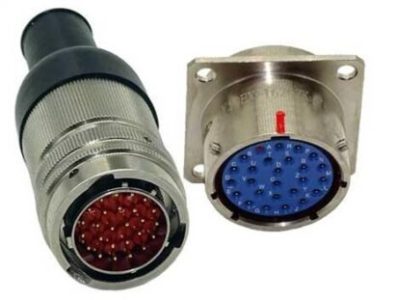 Enchufe de aviación personalizado
|
Production status |
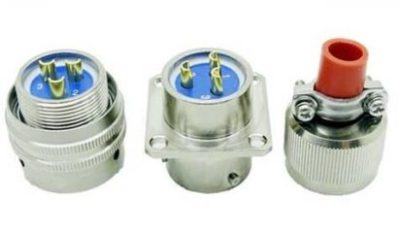 2 pin aviation plug |
F001M8-SA02PRD0-01 M8X1.0 socket, A code, 2 positions, alfiler, 90° right angle, through-hole soldering |
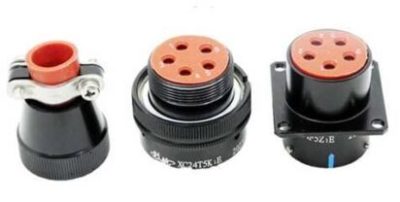 3 pin aviation plug |
F001M8-SA03PRD0-01 M8X1.0 socket, A code, 3 positions, alfiler, 90° right angle, through hole soldering |
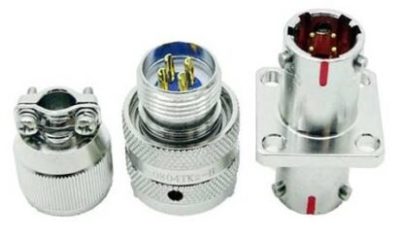 4 pin aviation plug |
F001M8-SA04PRD0-01 M8X1.0 socket, A code, 4 positions, alfiler, 90° right angle, through-hole soldering |
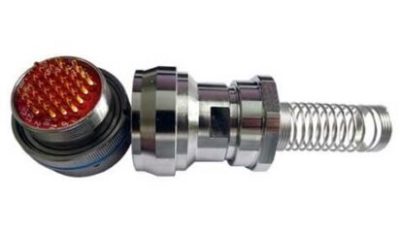 6pin aviation plug |
F001M8-SA04PSD0-01 M8X1.0 socket, A code, 4 positions, alfiler, 180° vertical, through-hole soldering |
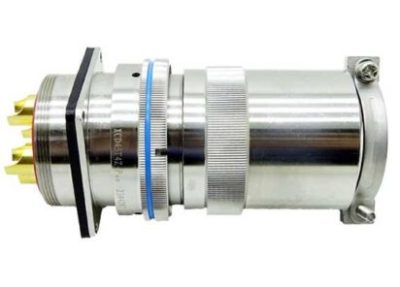 7 pin aviation plug |
F001M8-SA06PRD0-01 M8X1.0 socket, A code, 6 positions, alfiler, 90° right angle, through-hole soldering |
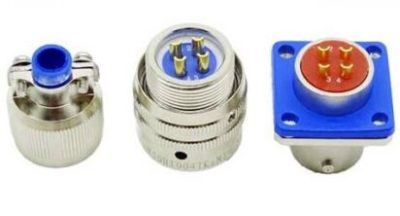 8 pin aviation plug |
F001M8-SA06PSW0-01 M8X1.0 socket, A code, 6 positions, alfiler, 180° vertical, soldering |
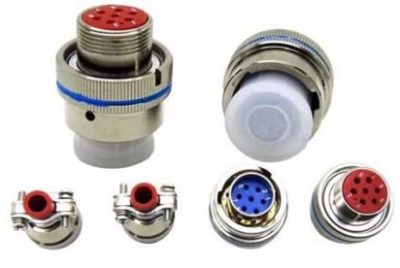 16mm aviation plug |
F001M8-SA08P0003-01 Front lock M8X1.0 8-core male socket to PH1.0 plastic shell, L=30mm |
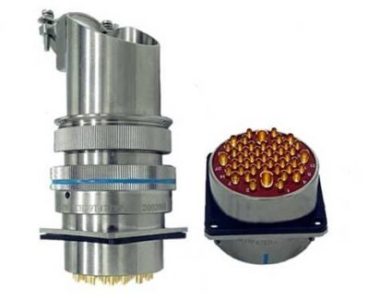 aviation plug adapter |
F001M8-SA08PRD0-01 M8X1.0 socket, A code, 8 positions, alfiler, 90° right angle, through-hole soldering |
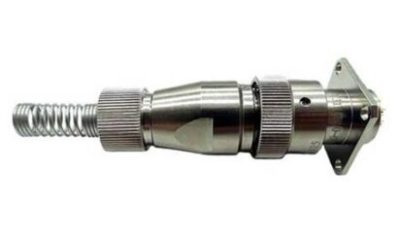 aviation plug cable |
F001M8-SA08PSW0-01 M8X1.0 socket, A-coded, 8-bit, alfiler, 180°vertical, soldering |
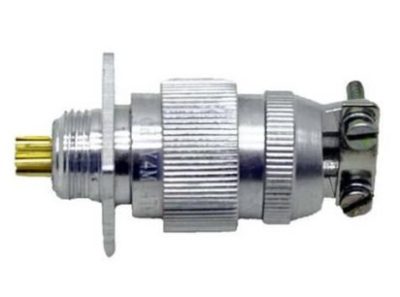 aviation plug connectors |
F001M8-SB05PRD0-01 M8X1.0 socket, B code, 5 positions, alfiler, 90° right angle, through-hole soldering |
 aviation plug cover |
F01M12-SA12PSW0-01 M12X1.0 socket, A code, 12 positions, alfiler, 180° vertical, solder |
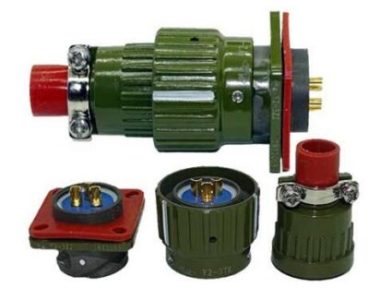 conector eléctrico del enchufe de la aviación |
F01M12-SA12SSW0-01 M12X1.0 socket, A code, 12 positions, hole, 180° vertical, soldering |
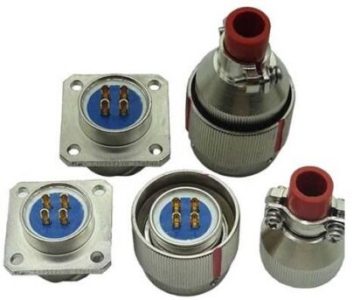 aviation plug receptacle |
F0CM16-S007PSW0-0001 M16X0.75 socket, 7 positions, alfiler, 180° vertical, soldering, |
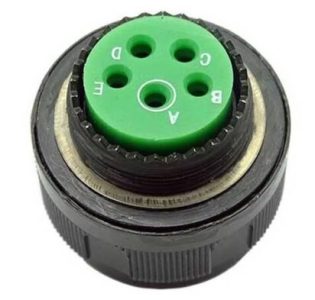 aviation plug socket |
F0CM16-S008PSW0-0001 M16X0.75 socket, 8-bit, alfiler, 180° vertical, soldering, |
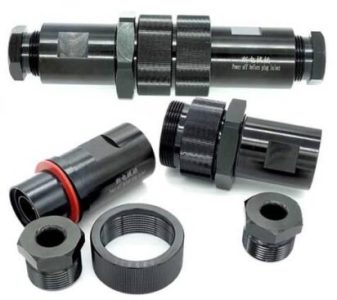 aviation plug use |
FC1020-P04S2006-0001 Core 102 series, 4Pin male socket with shielding, cable length L=0.66m |
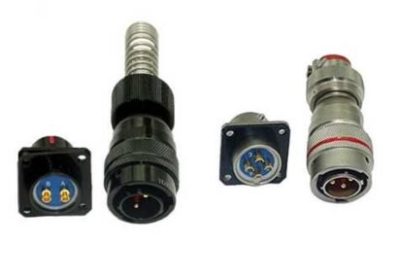 aviation plug wire |
FC1020-SC04SSW0-01 Core 102 series 4Pin female socket [back lock M9*0.5], soldering connection |
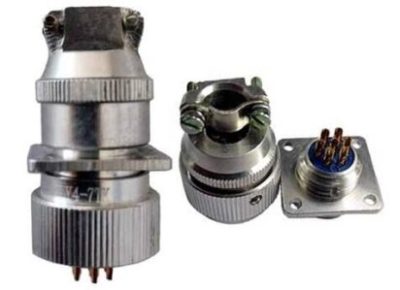 circular aviation plug |
FCA08001-A03P211BK2020000 M8 male plug with cable male straight end single head, without shielding, A-coded, 3 positions, enchufar, 0°, PUR, 2 metros |
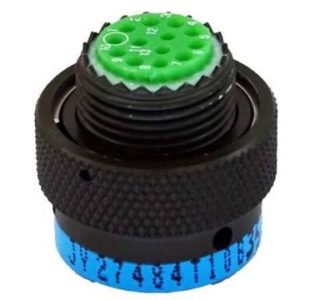 female aviation plug |
FCA08001-A04P211BK2020000 M8 male plug with cable male straight end single head, without shielding, A-coded, 4 positions, enchufar, 0°, PUR, 2 metros |
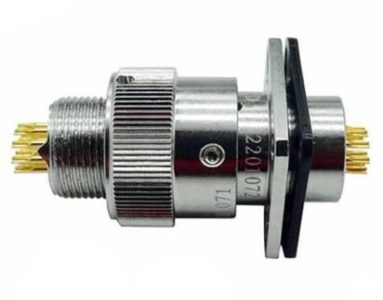 gx16 aviation plug |
FCA08002-A03P211BK2020000 M8 female plug with cable straight single end, without shield, A-coded, 3 positions, enchufar, 0°, PUR, 2 metros |
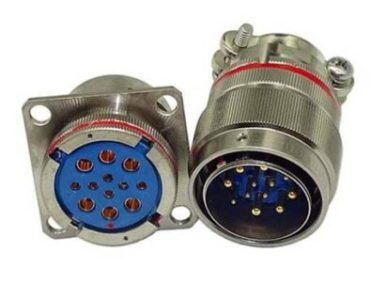 industrial aviation plug |
FCA08002-A04P211BK2020000 M8 female plug with wire female straight end single end, without shielding, A-coded, 4 positions, enchufar, 0°, PUR, 2 metros |
2: The withstand voltage of the aviation plug
The withstand voltage is the critical voltage that can withstand higher than the rated voltage within a specified time between the mutually insulated parts of the contact pair or between the insulated part and the ground without breakdown. It is mainly affected by contact pair spacing and creepage distance and geometry, insulator material and ambient temperature and humidity, atmospheric pressure.
3: Flammability of aviation plugs
Any aviation plug is inseparable from the current when it is working, and there is a risk of fire. Por lo tanto, the aviation plug is not only required to prevent ignition, but also requires that it can self-extinguish in a short time once it is ignited and caught fire. When selecting, pay attention to choosing aviation plugs with flame-retardant and self-extinguishing insulating materials.
4: Mechanical parameters of aviation plug
The contact pressure is an important index in the aviation plug, which directly affects the size of the contact resistance and the wear of the contact pair. Direct measurement of contact pressure is rather difficult in most structures. Por lo tanto, the contact pressure is often indirectly measured through the separation force of one foot. For circular pinhole contact pairs, standard pins with specified weight weights are usually used to test the ability of female contacts to hold weights. Generalmente, the diameter of the standard pin is -5μm, which is the lower limit of the diameter of the male contact. The total separation force is generally twice the sum of the upper line separation forces of the individual feet. When the total separation force exceeds 50N, it is already quite difficult to insert and unplug manually. Of course, for some test equipment or occasions with special requirements, you can choose zero insertion force aviation plug, automatic drop aviation plug and so on.
5: Mechanical life of aviation plug
The mechanical life of the aviation plug refers to the life of plugging and unplugging, which is usually specified as 500 to 1000 veces. When the specified mechanical life is reached, the contact resistance, insulation resistance and withstand voltage of the aviation plug should not exceed the specified value. Strictly speaking, mechanical life is a vague concept. Mechanical life should have a certain relationship with time. It is obviously different to use 500 times in 10 years and 500 times in 1 year. It’s just that there is no more economical and scientific way to measure it.
6: The number of contact pairs and pinholes of aviation plugs
Firstly, the number of contact pairs can be selected according to the needs of the circuit, and at the same time, the volume of the plug electrical connector and the size of the total separation force should be considered. The larger the number of contact pairs, the larger the volume of course, and the larger the total separation force. In some cases where the reliability is high and the volume is allowed, two pairs of contact pairs can be connected in parallel to improve the reliability of the connection.
In the plug and socket of the aviation plug, the pins (male contacts) and jacks (female contacts) are generally interchangeable. In actual use, it can be selected according to the charging conditions at both ends of the plug and socket. If the socket needs to be charged frequently, you can choose a socket with a jack, because the live contact of the socket with a jack is buried in the insulator, and the human body is not easy to touch the live contact, which is relatively safe.
7: Vibration, shock and collision of aviation plug
It mainly considers the electrical continuity of the contact pair when the aviation plug vibrates, impacts and collides under the specified frequency and acceleration conditions. Instantaneous disconnection of the contact pair occurs under this dynamic stress condition. The specified transient time is generally 1μs, 10μs, 100μs, 1ms and 10ms. Attention should be paid to how to judge the momentary failure of the contact pair. It is generally believed that when the voltage drop across the closed contact pair (contact) exceeds 50% of the electromotive force of the power supply, it can be determined that the closed contact pair (contact) has failed. That is to say, there are two conditions for judging whether an instantaneous interruption occurs: duration and voltage drop, both of which are indispensable.
8: Connection method of aviation plug
Aviation plugs generally consist of plugs and sockets. Among them, the plug is also called a free-end aviation plug, and the female socket is also called a fixed socket. The connection and disconnection of the circuit is realized by plugs, sockets and mating and separation, so various connection methods of plugs and sockets are produced. For circular aviation plugs, there are mainly three methods: threaded connection, bayonet connection and pin-shaped connection. Among them, threaded connection is the most common, which has the advantages of simple processing technology, low manufacturing cost and wide application range. Sin embargo, the slow connection speed is not suitable for occasions that require frequent plugging and fast connection. The bayonet type connection plug has a faster connection speed due to the long lead pins of its three bayonet slots, but its manufacture is more complicated and the cost is higher. The pin-type connection plug is the fastest connection of the three connection methods. It does not need to perform rotary motion, but only needs to perform linear motion to realize the functions of connection, separation and locking. Because it belongs to the direct push-pull connection method, it is only suitable for aviation plugs with small total separation force. Generalmente, it is more common in small aviation plugs.
9: The installation method and shape of the aviation plug
The installation of the aviation plug has front installation and rear installation, and the installation and fixing methods include rivets, screws, collars or quick locking of the aviation plug itself. There is also a plug and socket that are both free-end aviation plugs, the so-called relay aviation plugs.
10: Environmental parameters of aviation plugs
The environmental parameters of aviation plugs mainly include ambient temperature, humidity, sudden temperature changes, atmospheric pressure and corrosive environment. The environment in which the electrical connector is used, stored, and transported has a significant impact on its performance, so the corresponding aviation plug must be selected according to the actual environmental conditions.
11: Ambient temperature of aviation plug
The metal material and insulating material of the aviation plug determine the working environment temperature of the electrical connector. High temperature will damage the insulating material, causing the insulation resistance and withstand voltage performance to decrease. For metals, high temperatures can cause the contact pair to lose elasticity, accelerate oxidation and cause coating deterioration. The usual ambient temperature is -55~100 ℃, which may be higher in special occasions.
12: The environment of the aviation plug is humid
The relative humidity is greater than 80%, which is the main cause of electrical breakdown. The humid environment causes the absorption and diffusion of water vapor on the surface of the insulator, which easily reduces the insulation resistance to below the MΩ level. Long-term exposure to high humidity will cause physical deformation, decomposition, release of products, respiration effect, electrolysis, corrosion and cracks. Especially the electrical connectors outside the equipment often have to consider the environmental conditions of humidity, water seepage and pollution. In this case, waterproof and sealed aviation plugs should be selected. For water-tight and dust-tight electrical connectors, the enclosure protection level of GB4208 is generally used to indicate.
13: The temperature of the aviation plug changes rapidly
Humidity rapid change test is to simulate the actual use of aviation plug equipment in a cold environment to a warm environment. Or simulate the situation where the ambient temperature of space vehicles and detectors changes sharply. Rapid temperature changes may crack or delaminate the insulating material.
14: Atmospheric pressure of aviation plug
At high altitudes where the air is thin, the plastic emits gas that pollutes the contact pairs, increases the tendency of corona generation, reduces the withstand voltage performance, and causes short circuit failures in the circuit. When the high altitude reaches a certain value, the performance of the plastic becomes worse. Por lo tanto, when using non-sealed aviation plugs at high altitudes, derating must be used. See table for recommended voltage derating factors at low air pressure.
15: Corrosion environment of aviation plug
According to the corrosive environment of the aviation plug, choose the aviation plug with the corresponding metal, plastic, and coating structure, such as the aviation plug used in the salt spray environment. If there is no corrosion-resistant metal surface, the performance will deteriorate rapidly. In an environment containing a considerable concentration of SO2, it is not advisable to use aviation plugs with silver-plated terminal contact pairs. Mold is also a significant problem in hot flash areas.
16: Termination method of aviation plug
The termination method refers to the connection method between the contact pair of the aviation plug and the wire or cable. Reasonable selection of terminationmethods and correct use of termination technology are also important aspects of using and selecting aviation plugs.
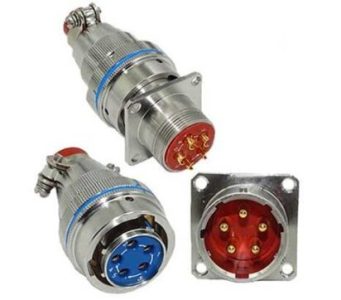 installation aviation plug |
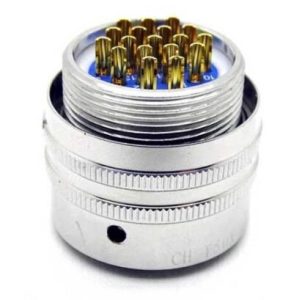 ip67 aviation plug |
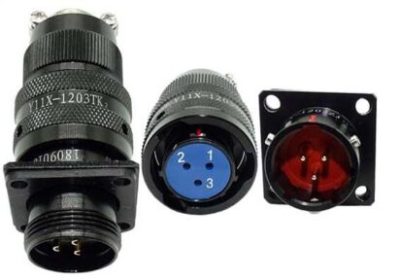 lemo aviation plug |
Contáctenos
Esperando tu email, le responderemos dentro de 12 horas con la valiosa información que necesitabas.
 English
English العربية
العربية Български
Български 中文(漢字)
中文(漢字) Čeština
Čeština Dansk
Dansk Eesti keel
Eesti keel Suomi
Suomi Français
Français Deutsch
Deutsch Ελληνικά
Ελληνικά עברית
עברית Magyar
Magyar Bahasa Indonesia
Bahasa Indonesia Italiano
Italiano 日本語
日本語 한국어
한국어 Latīna
Latīna Latviešu valoda
Latviešu valoda Lëtzebuergesch
Lëtzebuergesch Polski
Polski Português
Português Română
Română Русский
Русский Slovenščina
Slovenščina Español
Español Svenska
Svenska ภาษาไทย
ภาษาไทย Tiếng Việt
Tiếng Việt


